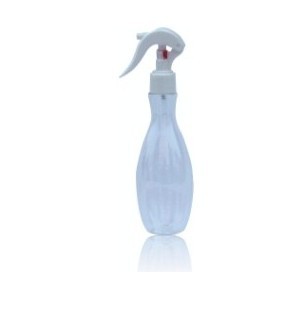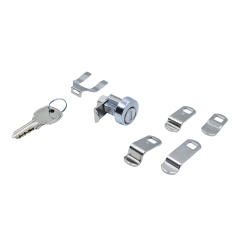Product (202)
- Cream jar (32)
- Lotion pump (35)
- Fine Mist Sprayers (14)
- Agricultural Sprayer (8)
- Sprayer bottle (42)
- Pressure sprayer (21)
- Trigger Sprayer (40)
- Others (10)
Blog (1)
F & Q (6)
Knowledge (1)
Certificates (1)
Credit Report
Products Index
Company Info
Ningbo Green Sprayer Co., Ltd. [China (Mainland)]
Business Type:Manufacturer, Trading Company
City: Ningbo
Province/State: Zhejiang
Country/Region: China (Mainland)
Premium Related Suppliers
Knowledge
spray bottle

A spray bottle is a bottle that can squirt, spray or mist fluids. A common use for spray bottles is dispensing cool cleaners, cosmetics, and chemical specialties. Another wide use of spray bottles is mixing down concentrates such as pine oil with water.
The first trigger sprayer manufacturer was named AFA.An interesting note is that there is only one trigger sprayer manufacturerremaining in the US.
Modern spray bottles
History
While spray bottles existed long before the middle of the 20th century, they used a rubber bulb which was squeezed to produce the spray; the quickly-moving air siphoned fluid from the bottle. The rapid improvement in plastics after World War II increased the range of fluids that could be dispensed, and reduced the cost of the sprayers because assembly could be fully automated.
The first major commercial plastic spray bottle was developed in 1947 when Dr. Jules Montenier, working with engineers from the Plax Corporation, invented a commercial use for the plastic bottle. His innovation was for "Stopette", an underarm deodorant dispensed by squeezing the bottle. This one bottle created an explosion in the industry for the plastic bottle. "Stopette" and its patented container became part of the national consciousness when "Stopette" became the primary sponsor of the popular gameshow "What's My Line?". For the first time, plastic was competing with glass for this type of packaging.
The Drackett company, manufacturers of Windex glass cleaner, was a leader in promoting spray bottles. Roger Drackett raised soybeans, converted the soybeans to plastic using technology purchased from Henry Ford, and was an investor in the Seaquist company, an early manufacturer of sprayers and closures. Initially, the brittle nature of early plastics required that sprayers be packaged in a cardboard box, and the sprayer inserted in the glass Windex bottle by the consumer. The cost of sprayers was also a factor; consumers would reuse the sprayers with bottle after bottle of glass cleaner. As plastics improved and the cost of sprayers dropped, manufacturers were able to ship products with the sprayer already in the bottle.
In the late 1960s, spray bottles with trigger-style actuators appeared and quickly became popular, as this design was less fatiguing to use. The original pump-style bottle remained more popular for applications like non-aerosol deodorants, where size was a factor and repeated pumps were not required.The Drackett company, manufacturers of Windex glass cleaner, was a leader in promoting spray bottles. Roger Drackett raised soybeans, converted the soybeans to plastic using technology purchased from Henry Ford, and was an investor in the Seaquist company, an early manufacturer of sprayers and closures. Initially, the brittle nature of early plastics required that sprayers be packaged in a cardboard box, and the sprayer inserted in the glass Windex bottle by the consumer. The cost of sprayers was also a factor; consumers would reuse the sprayers with bottle after bottle of glass cleaner. As plastics improved and the cost of sprayers dropped, manufacturers were able to ship products with the sprayer already in the bottle.
Modern spray bottles
Unlike the rubber bulb dispenser which primarily moved air with a small amount of fluid, modern spray bottles use a positive displacement pump that acts directly on the fluid. The pump draws liquid up a siphon tube from the bottom of the bottle and forces it through a nozzle. Depending on the sprayer, the nozzle may or may not be adjustable, so as to select between squirting a stream, aerosolizing a mist, or dispensing a spray.
In a spray bottle, the dispensing is powered by the user's efforts, as opposed to the spray can, in which the user simply actuates a valve and product is dispensed under pressure.




